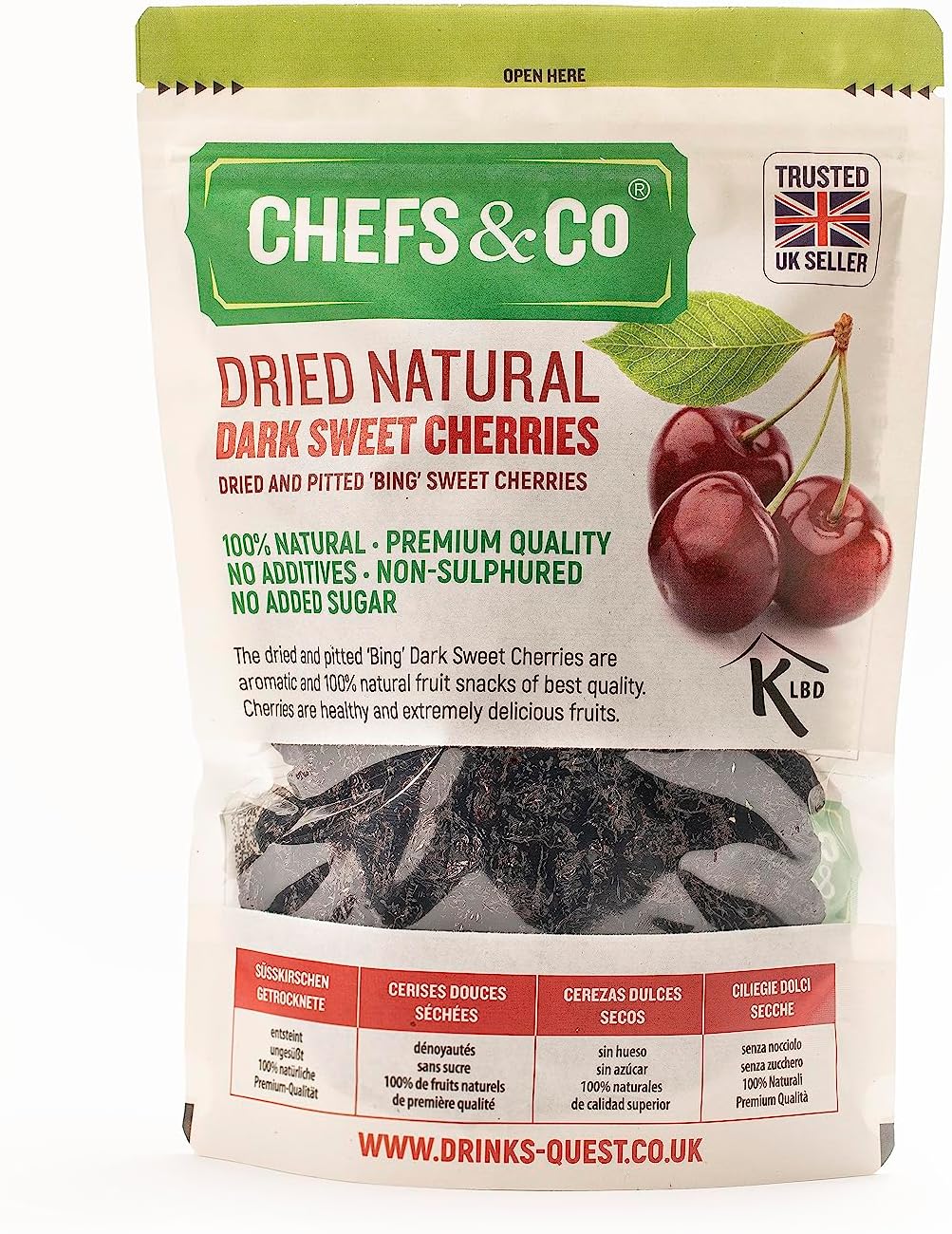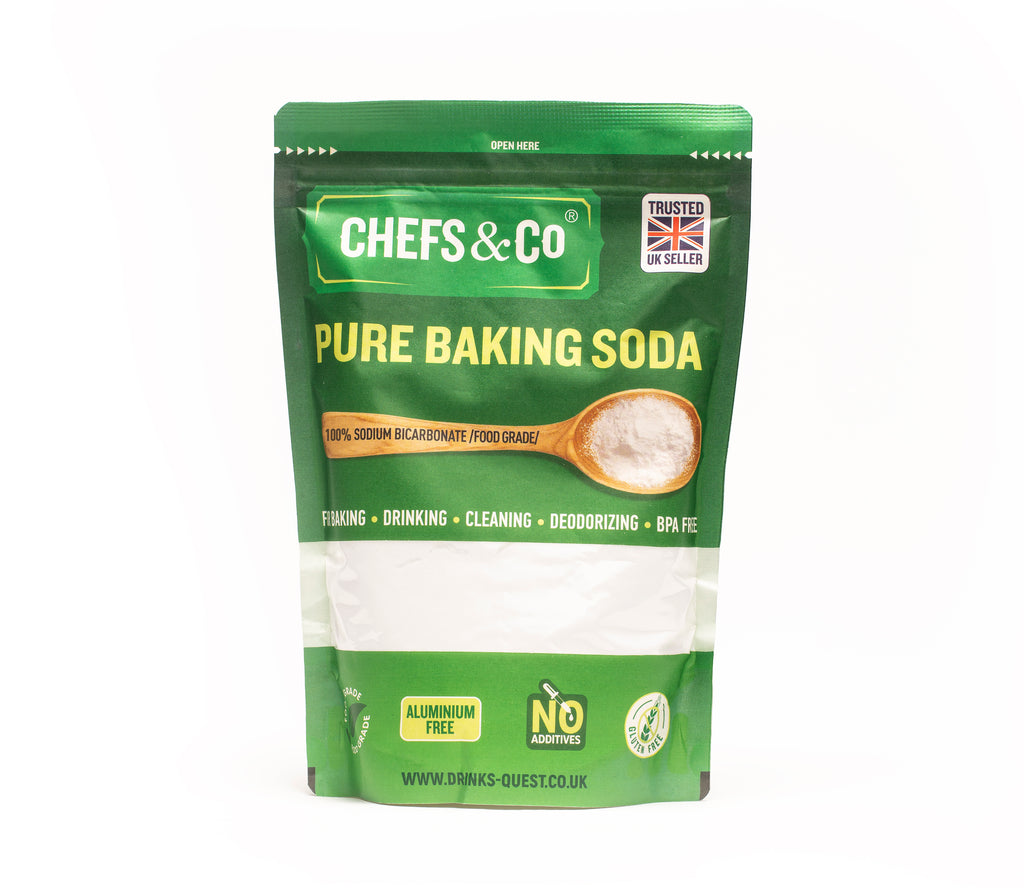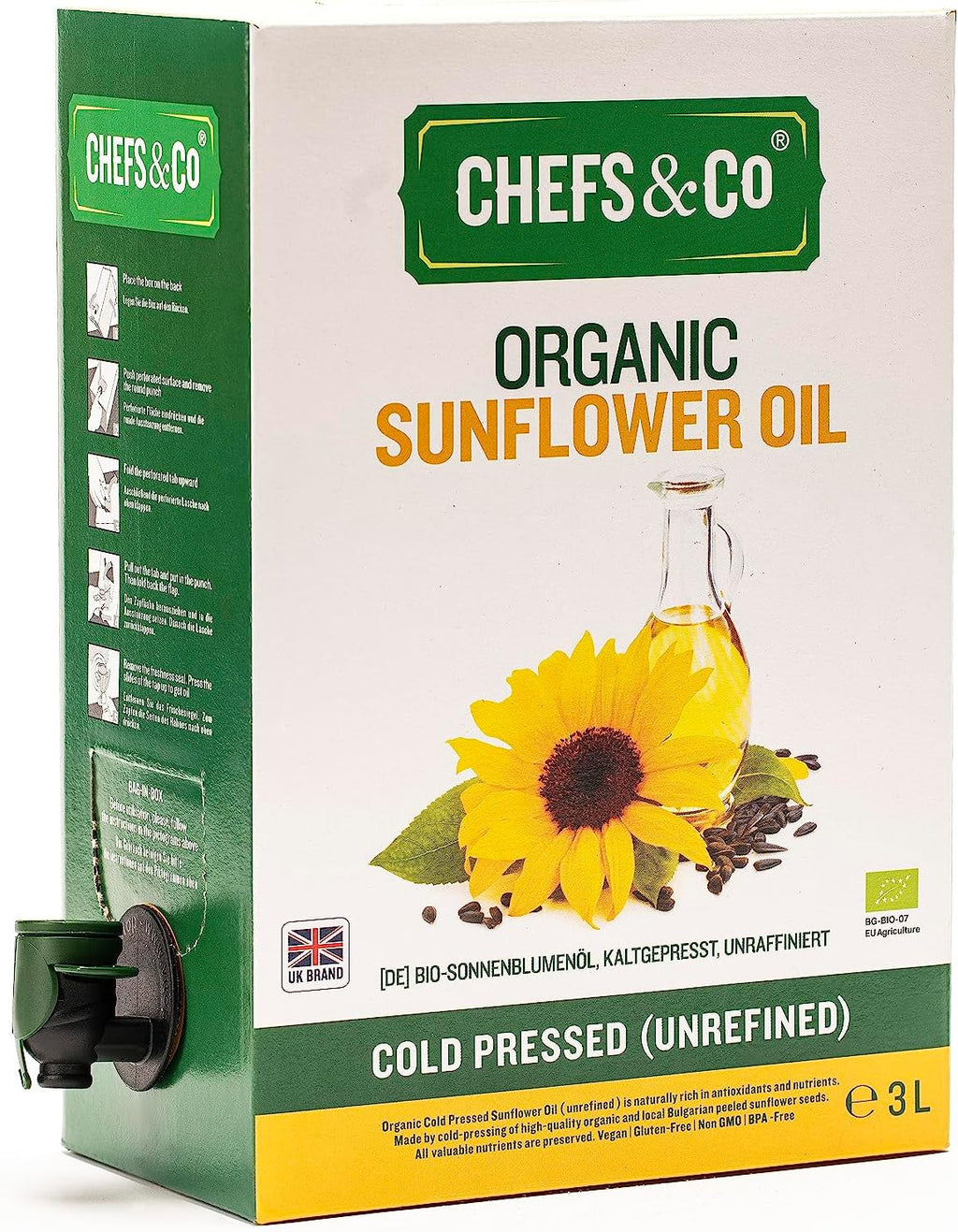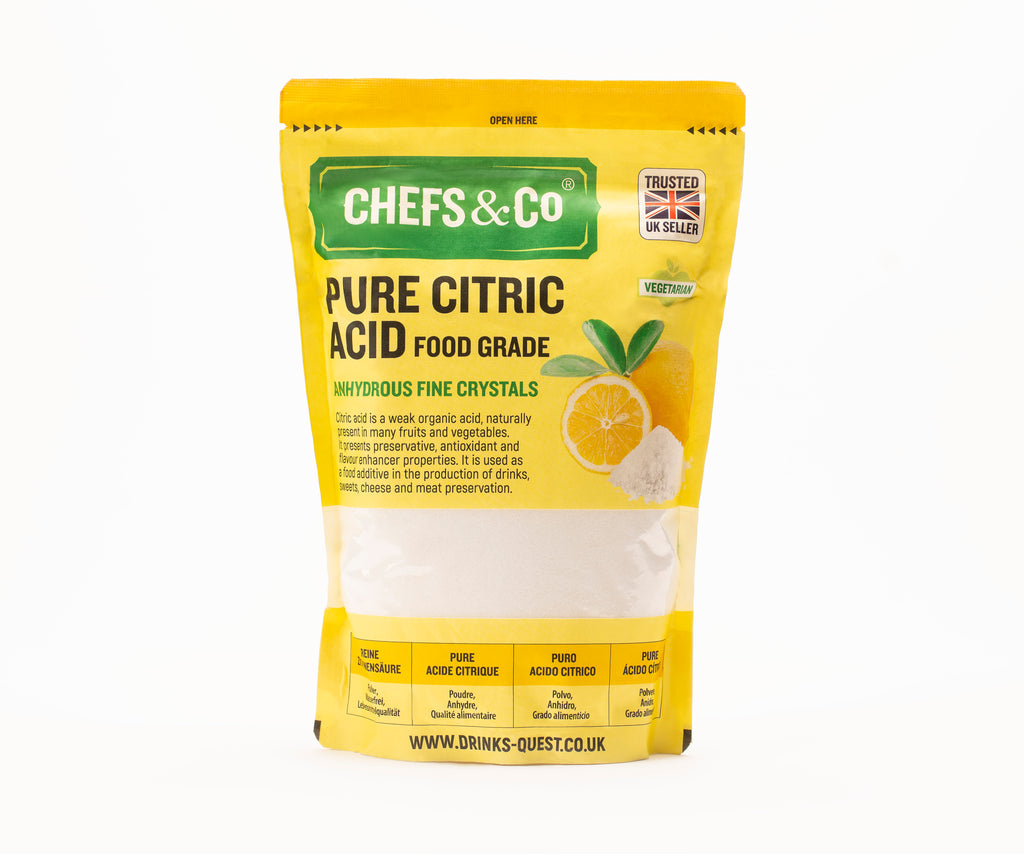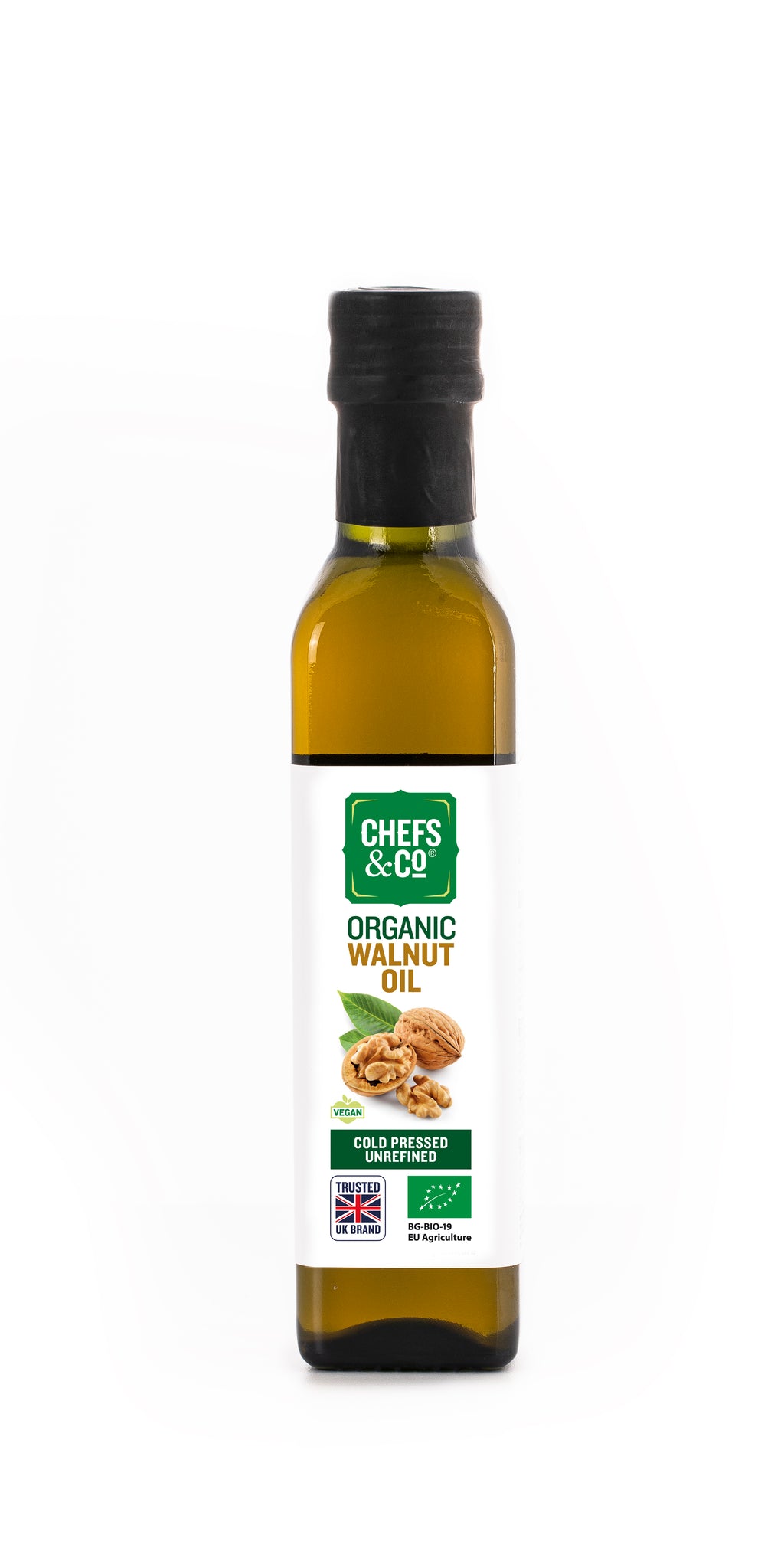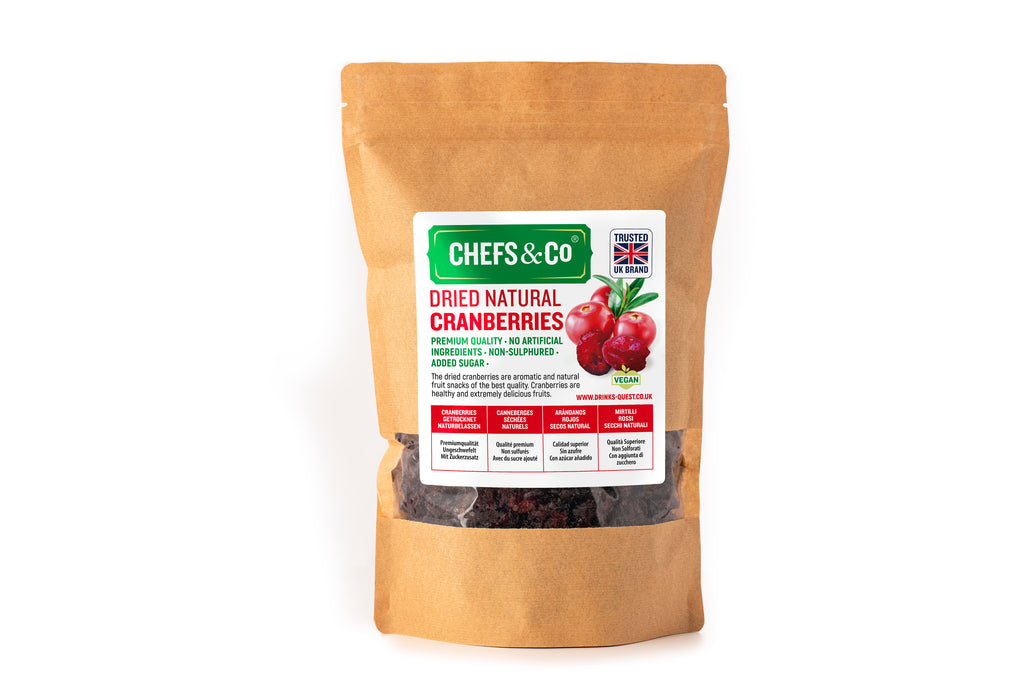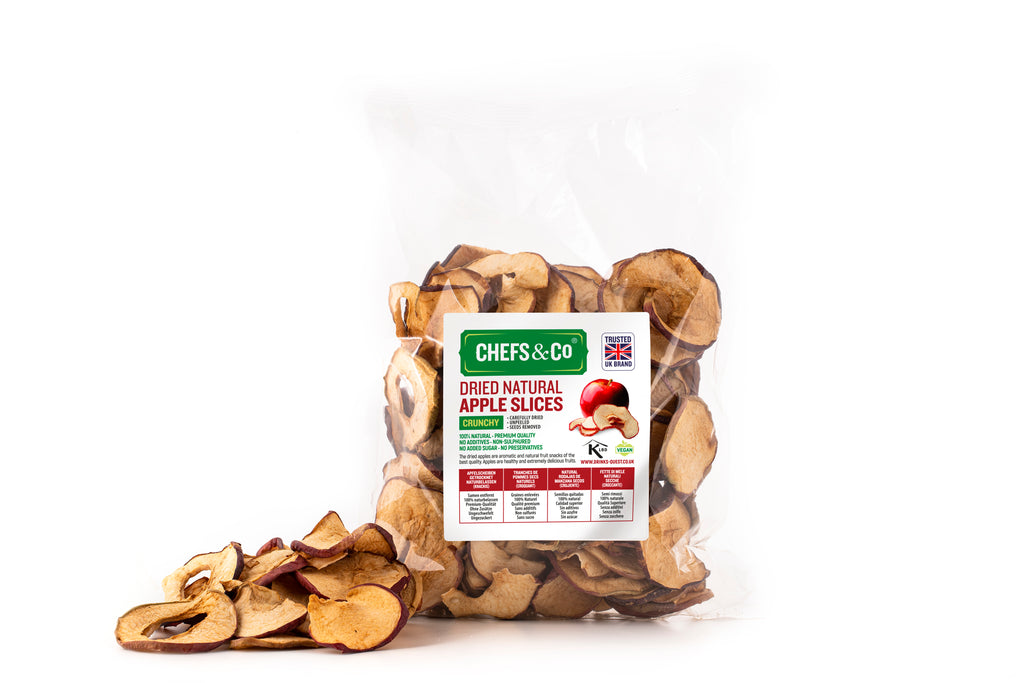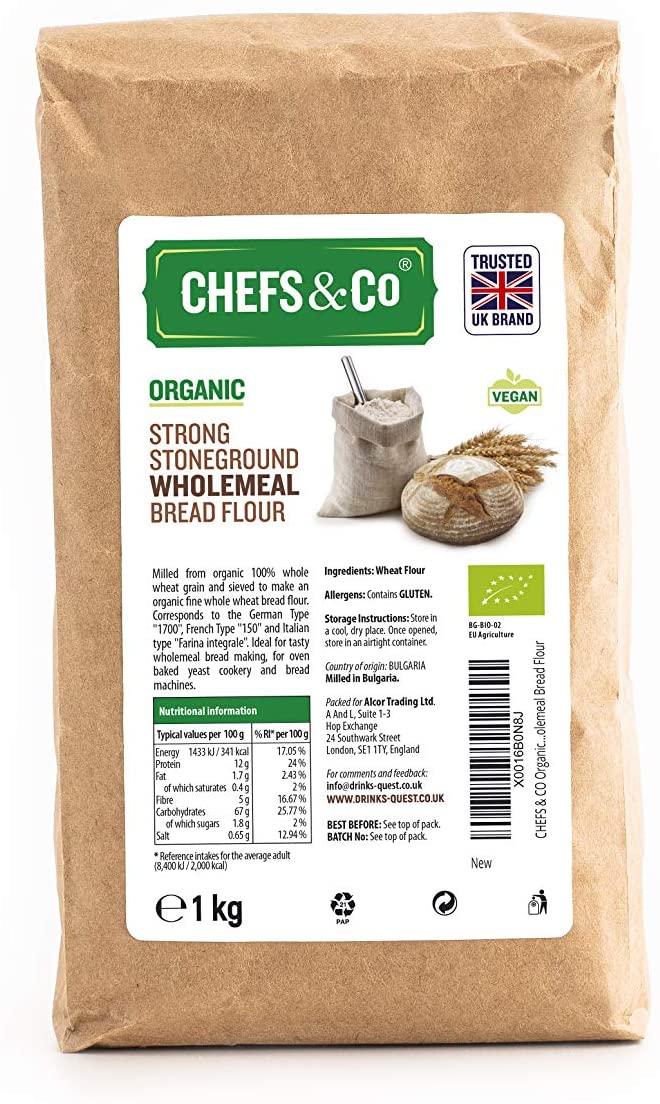CHEFS & CO Pitted Soft Dried Prunes
Great Prunes. Wonderful Science Lesson!
I first bought these prunes from another source previously but found them now from the wholesaler. I must say these are the best, most delicious prunes I have tried. They are large in size, contain no preservatives, and very dry so weighing less than they would have even if partially rehydrated. But as they are dry, I first thought they had moulds! Since then, I have learnt much from the manufacturer through the help of the wholesaler. And this is how it all happened: First, the prunes came well packaged and not damaged in any way. On visual inspection, they all looked beautiful and have a long shelf-life of about 2 years. But as the prunes were quite dry and I preferred them a bit plump, I rehydrated about 100 g with a little hot water. Then the horror came - white dots like moulds immediately appeared on the surface of many prunes! Subsequently, I tried to pour more hot water to 'wash off' the white dots. Yes, the white dots did seem to disappear, only to surface again when I poured out the hot water and the prunes dried a little. When I contacted the wholesaler/manufacturer, this is what they taught me: The white dots on the prunes after rehydrating them are sugar crystallization. When prunes—or any dried fruit, for that matter—undergo the drying process, the natural sugars within them can migrate to the surface and crystallize, especially if the fruit is particularly dry. Upon rehydration, these sugar crystals can dissolve and then reappear as the fruit dries once more. This is a natural occurrence and is not indicative of mould or spoilage; the prunes remain safe to consume. I was happy with the explanation, but then noticed that the transparent bags holding the prunes also showed some signs of 'white, cloudy/murky spots/patches'. For a second time, the wholesaler/manufacturer continued with my education: The 'white, cloudy/murky spots/patches' on the bags are likely due to the following factors - It's common for such spots to appear on the inside of plastic bags containing dried fruit, and they are due to sugar crystallization or benign yeast that can form on the surface of the fruit. These are not harmful and are often a result of the natural fermentation process that can occur with products containing natural sugars. Another possibility is that these spots could result from minor condensation within the bags, which can happen with temperature changes or if the prunes were packaged while still warm. This condensation can cause the sugars in the prunes to dissolve slightly and then re-crystallize on the bag's surface as the temperature cools, similar to what can occur on the fruit itself. Given that the prunes have a long shelf life, the packaging does not appear compromised, and the prunes were packed recently, it seems reasonable to consider the product safe to consume. Therefore, if the prunes seem fine and there is no bad smells, sour or bitter flavours, they are good and safe to consume. + + + + + On top of this detailed, courteous and patient explanation, the wholesaler assured me that my satisfaction and safety are their top priorities. So if I was still dissatisfied with their prunes, they were happy to issue a full refund with a mailing label for free returns. My decision? I dived straight into the prunes, and will likely remain with this same wholesaler for their delicious prunes for a long time :)
Great product and good value
Excellent value when bought in bulk
Great Product, Great price, Great company!
The title says it all!








